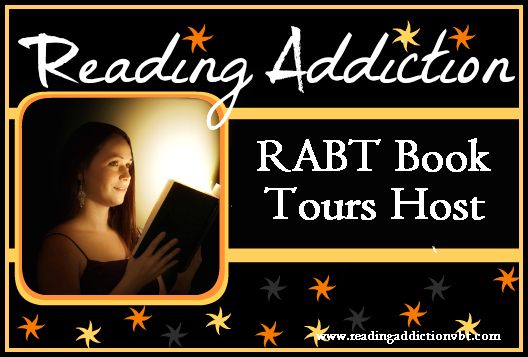
Guest Post
Many thanks to Valorie for giving me air time on her blog! William Marshal, the charismatic star of The Greatest Knight is something of a paradox. He was an ordinary guy when he started out. He was born in the English county of Wiltshire in 1147AD. His father's fourth child, the product of a second marriage. There wasn't much left in the family coffers by way of inheritance by the time William came along. However, his father found an education in the military for him and the young man proved so skilled with lance and sword that he was soon earning a fortune on the tourney circuits of medieval Europe and his talents brought him to the attention of the King and Queen of England. He went on to serve in both their households. He was the tutor in chivalry to their eldest son and travelled extensively throughout Europe and the Middle East. On his return from his travels, he married a wealthy and beautiful heiress and turned his attention to raising a family and helping to steer England through some very troubled times indeed. William's career was stellar by the yardstick of any century, his tale a true one of rags to riches. When he died, his name was renowned throughout the known world. Slowly, through the accumulated dust and detritus of passing centuries, that name became forgotten, except by a few. His life story, written down within a few years of his death in a rhyming family history more than 19,000 lines long, was lost for seven centuries. It re-emerged among a pile of old manuscripts for sale in 19th century France where Historian Paul Meyer saw the poem and realised what a treasure he had rediscovered. He translated it into modern French, but it didn't have an audience beyond academic circles. William Marshal, the greatest knight of the Middle Ages, slept on, seldom noticed, his effigy earning the occasional passing glance from casual visitors to the Temple Church in London where he was buried with two of his sons. There were occasional disturbances. William was dug up and reburied just a few years after his death because Henry III wanted to expand the church, so although the effigy is there, no one is quite sure where William's bones actually lie, although somewhere in the fabric is a given. The church suffered bomb damage during World War II and the effigy was slightly damaged, but survived.
A few years ago, however, there was a major change. Dan Brown wrote The Da Vinci Code -- anyone not heard of it? The story takes the reader to the Temple church in London and mentions the effigies of four knights lying on the floor of the nave. Suddenly William's tomb was a place of pilgrimage! The first time I visited William at the Temple Church, there was only me and a lady from Australia, who was there visiting a different tomb. The following year, I was joined by an American couple who stood in front of the effigies of William and his eldest son, discussing whether or not one of them had been a crusader. I got into conversation with them and the wife said with a smile "You know why we are here don't you?" I shook my head. "The Da Vinci Code." At that point, the book had only just begun to make waves and the couple were part of the advance guard. I told them who William really was. When it came to my next pilgrimage a further year on, the Temple Church was by now packed with tourists embarked upon the "Da Vinci Code tour" and William and his sons were the centre of attention. There must be thousands of photo albums round the world featuring snapshots of proud visitors crouched beside the effigy of one of the greatest men England has ever produced, but all these people know is that he's one of their tick boxes on the Da Vinci Code experience. These days William and his sons have had to be protected from all the attention by rope barriers. There were none when I first went to pay my respects. I find it very fascinating. William was an unknown who became famous and then forgotten again. Now he's famous but anonymous. I am hoping that The Greatest Knight is going to change that state of affairs big-time!
About the Author Elizabeth Chadwick lives near Nottingham with her husband and two sons. She is the author of 17 historical novels, including Lords of the White Castle, Shadows and Strongholds, A Place Beyond Courage, The Scarlet Lion, the Winter Mantle, and the Falcons of Montebard, four of which have been shortlisted for the Romantic Novelists' Awards. Much of her research is carried out as a member of Regia Anglorum, an early medieval re-enactment society with the emphasis on accurately re-creating the past. She won a Betty Trask Award for The Wild Hunt, her first novel.























